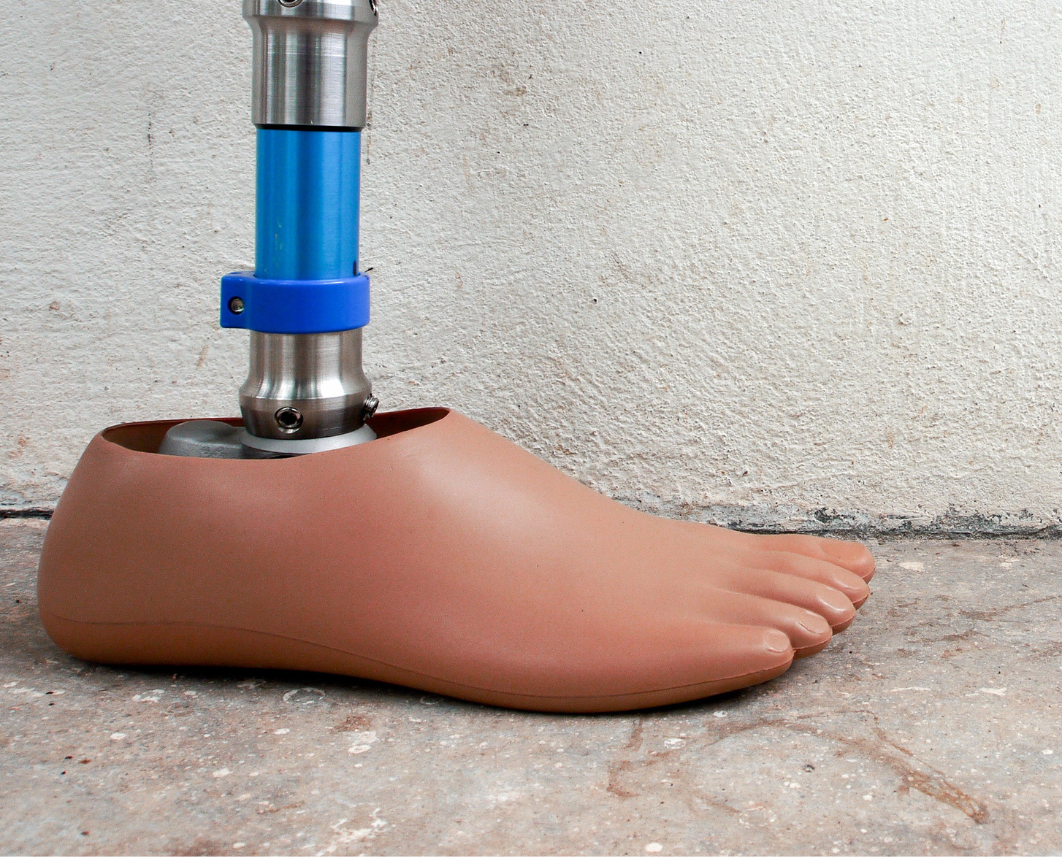
Amputation is a preventable complication of diabetes, but it’s also a common one because this disease can interrupt blood flow to your feet if left untreated. April is Limb Loss Awareness Month, so in today’s post, Dr. Eric Ricefield, Dr. Mark Yagodich, Dr. Aliza V. Eisen, and Cassandra Stache, DPM of greater Philadelphia’s Your Next Step Foot and Ankle Care Center share diabetic limb loss prevention tips.
Keys to Avoiding Amputation
Diabetes touches millions of people each year, damaging blood vessels in various parts of the body, especially the feet. If the nerves in the feet are damaged, they may not be able to signal the peripheral nervous system, causing a condition known as neuropathy. When a patient with diabetes develops neuropathy, their feet must be well taken care of to prevent amputation.
Caring for your diabetic feet includes the following.
- Examine your feet regularly. Even the smallest cut or wound can lead to a foot ulcer and gradually worsen and require amputation.
- Keep your feet clean and dry. Foot hygiene is a crucial element of diabetic foot care. Wash your feet with warm water, not too hot or too cold. Gently tap them dry, paying special attention between the toes.
- Be careful when trimming your toenails. You might be surprised to learn that toenail trimming can be a risk factor for amputation. Doing it correctly and carefully is crucial for preventing diabetic foot ulcers.
- Protect your feet. Never walk barefoot, even when at home. As a diabetic, you need to remember that a foot ulcer can develop from the smallest cut or wound.
- Be sure your shoes fit properly and provide adequate support. Wearing shoes that are too tight can squeeze your toes, causing injuries and possibly diabetic foot ulcers.
- Don’t smoke. As long as you smoke, the ability for your wounds to heal is decreased because not enough nutrients and oxygen reach your wound.
- Monitor your blood sugar. Make sure your blood sugar levels are under control at all times and be sure to take your medications as prescribed.
- See your podiatrist regularly. Visit your podiatrist at least once per year to have your feet inspected and if needed, treated before amputation is the only option.
Not every patient who has diabetes suffers an amputation. If you take proper care of your feet, follow up regularly with your podiatrist, and lead a healthy lifestyle, amputation can be avoided.
If you are living with diabetes and haven’t been in to see us recently, contact the team at Greater Philadelphia’s Your Next Step Foot and Ankle Care Center. You can click here to locate contact information for the office nearest you to book your appointment.
